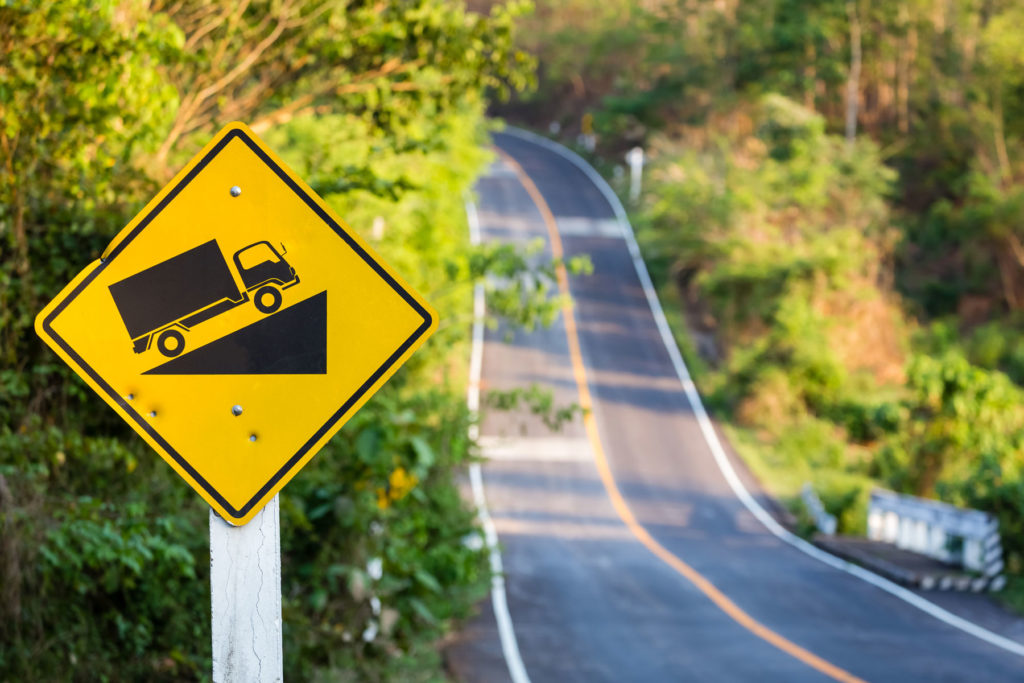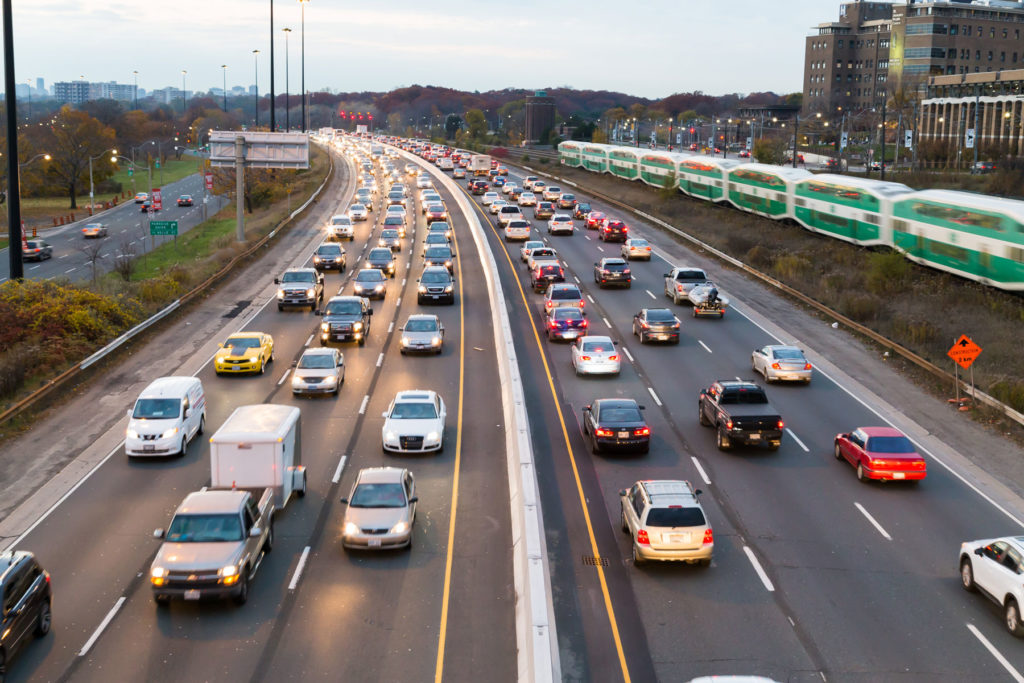To paraphrase some wise person, it’s not what you drive, but how you drive it.
Whoever coined that phrase was talking about race driving. The implication is that a driver’s skill is at least as important as the vehicle’s design if your goal is to finish first.
But we know that for most Ontario commuters, keeping driving costs down is the most important thing. The good news is that you can employ a similar philosophy to save fuel by adjusting your driving style.
Some cars and trucks will be more efficient than others, no matter what. A vehicle’s weight, its aerodynamics, and its engine and transmission designs are major factors in how much fuel a vehicle will use.
If you’re really serious about using less fuel, you could trade in your car or truck for a smaller one. The smaller and lighter the vehicle, the less gas you’ll need to make it go. A hybrid is another option. These vehicles help you save fuel by driving the vehicle partly using electricity.
Maybe you don’t want to change vehicles, or you can’t afford to. We recently told you about the hypermiling movement, where economy-obsessed drivers employ extreme techniques to save fuel. Hypermiling can be effective, but many of its practices are unsafe.
Read on for some simple – and safe – ways to make your current car, truck or SUV as fuel-efficient as possible.
1. Go light on the accelerator
Besides excessive idling, hard acceleration is the least-efficient driving habit. You don’t have to drive like you’re dead—just don’t treat every green light like the beginning of a drag race.
2. Look well ahead
In city driving, once you’re at cruising speed, look well ahead of you. Anticipate traffic flow and signal changes, and if you can see that you’ll need to slow down or stop, take your foot off the accelerator and coast, or brake lightly, and try to time your arrival at intersections so that you don’t have to stop. This technique works to save fuel in any car, but is especially effective in hybrid and electric cars, whose braking systems help charge the car’s battery.
3. Drive like a trucker
Does your commute involve heavy highway traffic? Watch how transport truck drivers handle their rigs in that situation. Big trucks are a pain in stop-and-go driving, so truckers leave lots of room between themselves and the vehicle in front. In the time it takes traffic to stop and go again, they’ve kept their rig at a near-constant speed. It takes way more energy to move from a stop than it does to keep going at the same pace. Keeping your vehicle moving in heavy highway traffic is key to reducing fuel consumption.
4. Roll with the hills
On highway drives in light traffic, let the car decelerate a bit on uphill stretches. If you tend to cruise at 110 km/h, slow down to 95 or 100 km/h. If you’re practically alone on the road and not in a hurry, slow down, even more, say 80 km/h, then use gravity to gain speed back on the next downhill stretch.

5. Avoid driving during peak travel times
Our nine-to-five work culture and family obligations can make this tip difficult to employ, but if you have any flexibility as far as when you drive, time your commute to avoid the worst traffic. On “snow” days when the weather will turn your normally easy drive into an hour-long slog, work from home if you can. The easiest way to save fuel is to not drive at all.

Unlike racing, when it comes to saving fuel, the only person you need to compete against is yourself. If you don’t already, start tracking your fuel consumption. You can do this using your vehicle’s trip computer. If it doesn’t have one, you can calculate it every time you fill up: Note how many kilometres you’ve driven since the last time you filled the tank. Then check how many litres you pumped to fill it this time. Multiply the number of litres by 100 and divide by the kilometres driven. The answer is the average amount of gas you used to travel 100 kilometres (L/100 km). The lower that number, the more efficient your driving.
Challenge yourself to see if you can beat your previous best average every time you fill the tank. You might find it fun, at least. At best, if you employ the tactics outlined above, you’ll make driving less expensive.
Related Articles:
- Electric versus Gasoline-Powered Car Costs
- The Most Eco-Friendly Cars 2015-2019
- Building cars out of batteries?


